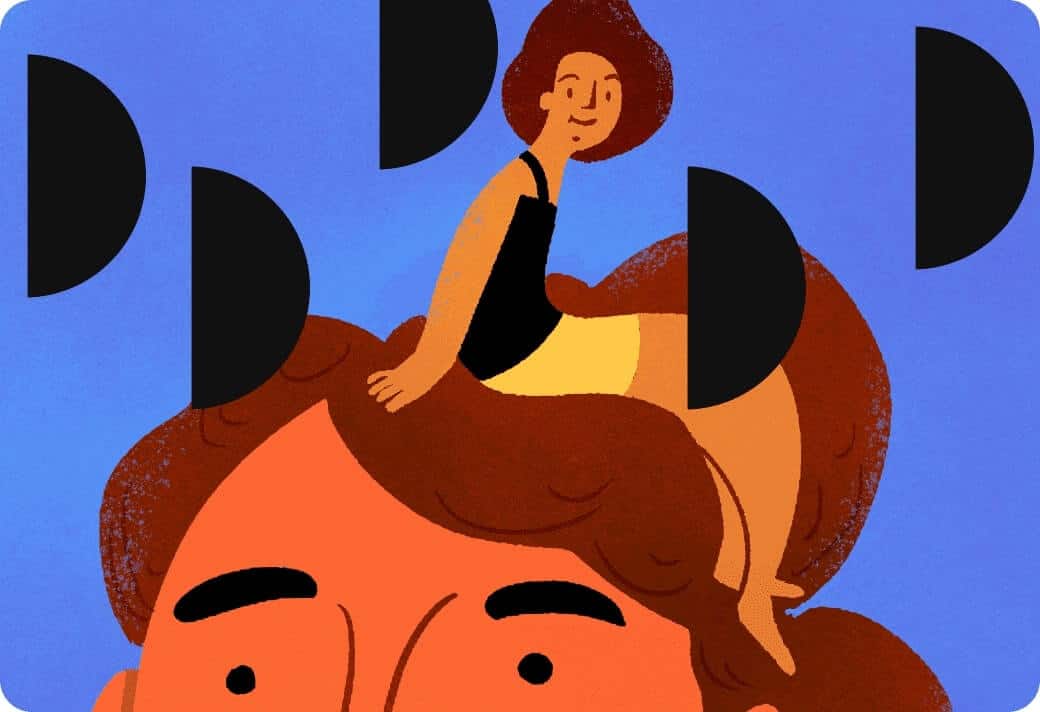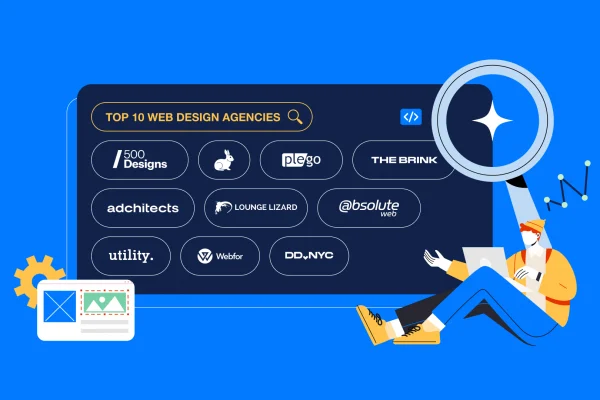Behind every successful business project is a well-functioning creative team (and a happy Creative Manager)
The success (or failure) of a business initiative or project often falls onto the shoulders of the creative team. A mix of professions, they’re the ones with the imagination and skill to produce something out of nothing.
When building a creative team, synergy is crucial–a high-performing group can turn ambitious ideas into tangible results which in turn, can significantly impact project outcomes and drive business success.
A cohesive team plays an essential role in achieving goals for business growth, so in this article, we’ll share 5 actionable tips for building the creative team of your dreams, along with advice on effective creative team management.
The key roles to look for when building a creative team
Before you begin building a high-performing team of creatives, it’s important to understand what roles are available, and what roles you need within your organization.
The term ‘creative’, when it comes to industry, is vast. It ranges from copywriting, designing, and coding, to illustration, strategy and branding.
Some essential roles to make sure you have include:
- Creative Director – to oversee all high-level creative output
- Graphic designers – to design the visual
- Copywriters – to produce the written copy
- Project Managers – to keep everyone (including the client) organized, on time, and within budget
To cover all bases, you’ll want a mixture of creative talent to make up your team.
Step 1: Recruit a creative team (strategies for success)
Attracting top creative talent starts with compelling job descriptions that highlight both skills and unique opportunities. And be specific–do you want a remote team member or someone that can join you in-office?
When interviewing, assess both technical abilities and creative thinking through conversation and creative assessments. You’ll want candidates who demonstrate adaptability, collaboration, proactive problem-solving, and of course, technical ability.
Cultural fit and shared values are crucial, too. Candidates who resonate with your mission are more likely to contribute positively to team dynamics and drive collective success.
Step 2: Foster a collaborative environment
Now that you have your team members, the real work begins to ensure you’re getting the most out of their skills. A happy and fulfilled creative team will always outperform a stressed and undervalued team.
Build in time to connect through team-building activities, and create space for feedback and open communication between team members to foster trust and mutual respect.
Step 3: Provide the right creative tools and set SMART goals
For many modern creative roles, technology plays a pivotal part. Invest in the appropriate software to allow each team member to work efficiently and effectively.
These could be design tools like Figma, web design software such as Webflow, or even Google Documents, as long as they’re accessible to those who need them.
It may feel daunting to invest heavily into programs, but the right technology will streamline workflows when used to its full potential.
To ensure creative teams stay on track and energized, SMART goals and key performance indicators (KPIs) offer direction and accountability. Clear expectations are essential, and project management tools like ClickUp or Asana make visibility easy.
Step 4: Encourage innovation and creativity
Many creative brains need space and freedom to make the magic happen, and as the creative team manager, it’s your job to provide that space within the constraints of your project or organization.
Schedule mind-mapping sessions, offer skills development through courses and workshops, and recognize and reward creative contributions regularly.
You’ll know your team is thriving by the direction of your metrics. Keep your eyes on the KPIs and goals you set and analyze, reflect and refine processes as you go.
Celebrate effective creative teams
Building and maintaining a high-performing creative team involves a multifaceted approach.
Once you’ve identified the key roles you need (keeping a balanced mix of skills and expertise), effectively recruited, and fostered the perfect environment for creative energy to flow, you’ll be well on your way to successful creative projects time and time again.
With the right tools and software, space for open communication and regular feedback check-ins, your creative team members will feel supported and motivated to work together seamlessly.
Finally, measuring performance with creative team goals and offering continual skills learning will help you sustain success. Continuously nurture, invest in, and celebrate your team to achieve high-level outcomes.
Want more articles like this? Follow Design Force Insights where we cover everything from project management tips to design inspiration and more.























